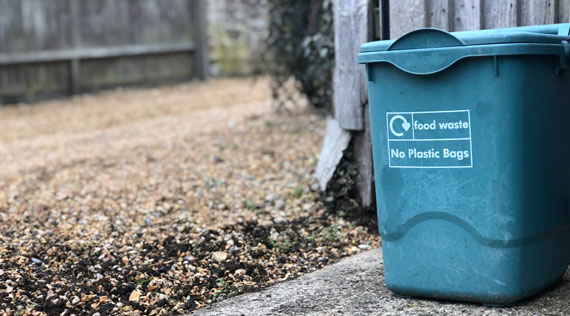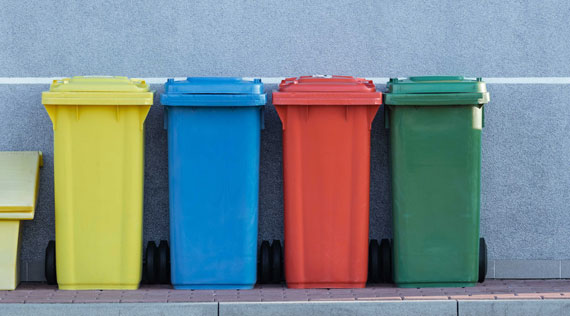RecyclingMonster - When the coronavirus began to spread in the U.S., recycling rates started to drop. Some cities suspended curbside recycling; in other areas, the recycling centers that sort through waste had to close because workers couldn’t safely stay 6 feet apart. Several states suspended the bottle bills that pay consumers to bring containers back to stores. Some haulers started taking recyclables to landfills.
While most of the changes were temporary, recycling rates may still be lower in the coming months—and that could be a challenge not only for the environment, but for tackling COVID-19. Vaccines are delivered in glass vials, and the pharma industry already faces a looming shortage of the containers; without a steady supply of recycled glass, the glass industry will struggle even more to make enough vials to supply a potential vaccine to 7 billion people. It could also slow down the production of other containers, like glass jars used to package food.
“We’ve designed our manufacturing process to use significant quantities of recycled glass, and so have all their other glass manufacturers in the country,” says Randy Burns, vice president of governmental affairs at O-I Glass, a major producer. “It takes less energy and heat to use recycled glass. So if you’ve designed your equipment to run on a high percentage of that, you have a choice to make if there’s no recycled content available. You can use more virgin raw materials, yes. But the equipment may not produce the same quantity of those products because it has to run at higher temperatures. And the configuration isn’t optimized for that input.”
Since the pandemic struck, the company has seen a 30% to 40% reduction in its supply of recycled glass as some recycling programs slowed or temporarily shut down. In New York and New Jersey, the supply of recycled glass going to processors was down 62% in April compared to January. “One of the weak links that we have in our waste disposal and waste diversion chains in that recycling, unlike traditional waste management, is seen as something that you could just curtail or discontinue,” he says. “In 2020, the way we’ve constructed our manufacturing supply chains, it’s actually not optional in any way.” Glass is a truly circular material, unlike many; it can be fully recycled, repeatedly. On average, O-I glass uses 38% recycled material, and as much as 70% recycled material in some containers (100% recycled glass is also possible, with enough supply).
Some programs are ramping up again now, but the company still expects a slower supply of recycled glass. “It is becoming clear that there’s going to be an economic day of reckoning for many states and municipalities as a result of the pandemic,” Burns says. “And in some instances, we’ve seen already that recycling is one of the first things that’s going to be on the chopping block for economic purposes.” Consumer recycling habits may have also shifted during the pandemic, he says.
Public health experts have already raised the shortage of vaccine vials as a challenge in the pandemic response. In a whistleblower complaint, Rick Bright, the former head of the U.S. Biomedical Advanced Research and Development Authority, wrote that it could take two years to produce enough vials for U.S. needs. Bill Gates has also highlighted the shortage of vials, which are also still needed for other critical vaccines, including the flu vaccine. Since everyone in the world will need the vaccine, that could mean 7 billion vials, or 14 billion if there are two doses. It’s a massive undertaking that will take time, and it will move more slowly if glass industry supply chains are impacted.
This could be an opportunity to improve recycling rates through better recycling infrastructure, says Burns. “The federal government and even state governments could view our response to the COVID crisis as an opportunity to invest in this vital infrastructure. It’s a source of domestic materials that we can use right here to make products every day . . . supporting infrastructure improvements, as part of whatever stimulus recovery programs we decide to put in place, would be an excellent idea.”
Courtesy : fastcompany.com

